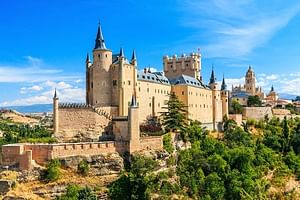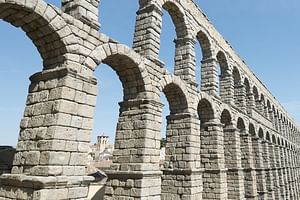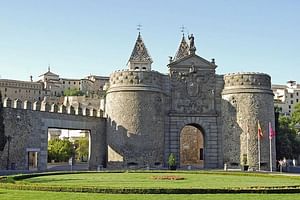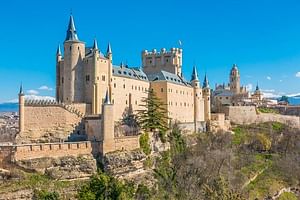Alcala de Henares and Cervantes from Madrid
Tripadvisor (Guide) Reviews (252) |
Rating
(4)
Madrid, Spain
50
Per Person
Part of our revenue from this experience
will go to a charity in the region
will go to a charity in the region
Featured Experiences




























